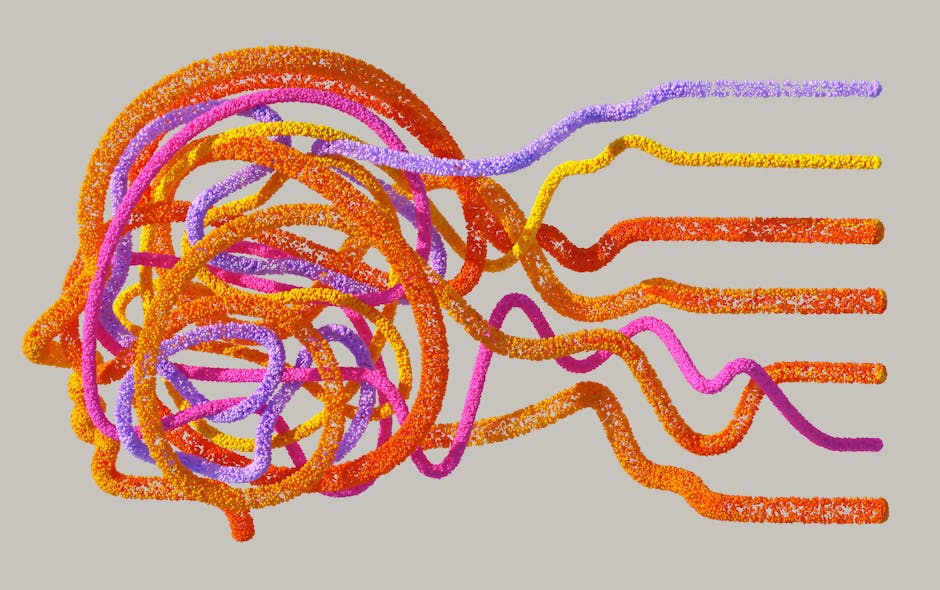
In an era defined by rapid technological advancement, artificial intelligence is not merely optimizing industries; it's fundamentally reshaping our understanding of creativity itself. As an IT journalist, it's clear that the intersection of technology and art is one of the most exciting frontiers, and at its vanguard are artists like Sofía Crespo and her studio, Entangled Others. They are pioneering a vision where the future of art in the AI era is inextricably linked to the entanglement of nature and technology.
The Dawn of Algorithmic Creativity
For centuries, tools have extended human capabilities. AI, however, is proving to be more than just a tool; it's a collaborator, a muse, and even a generative force. Sofía Crespo's work exemplifies this shift, utilizing advanced neural networks to create stunning, often unsettling, digital organisms and landscapes. Her innovative approach doesn't just replicate existing forms; it generates novel, evolving visual experiences that challenge our perceptions of organic life and digital constructs.
The innovativeness here lies in AI's capacity to learn from vast datasets and then produce entirely new forms that possess an uncanny resemblance to biological systems, yet remain distinctly artificial. This pushes the boundaries of what we consider "art," moving beyond human-centric creation to a more symbiotic relationship with intelligent algorithms. The impact on society is profound: it forces us to reconsider authorship, originality, and the very definition of creativity in a world where machines can generate beauty.
Entangling Nature and Technology Through AI
The core philosophy driving Sofía Crespo and Entangled Others revolves around the concept of entangled nature and technology. Their art explores the intricate relationships between artificial intelligence, biological systems, and the natural world. By training AI models on natural patterns – from the intricate venation of leaves to the complex structures of deep-sea creatures – they create digital ecosystems that are both alien and familiar.
This approach offers specific benefits to users and broader societal impacts. For art enthusiasts and the general public, it provides immersive and thought-provoking experiences that expand understanding of biodiversity and evolution through a technological lens. Imagine witnessing the birth of a digital species, or exploring a forest grown from algorithms – these experiences foster a deeper appreciation for the complexities of life on Earth while simultaneously highlighting the incredible capabilities of AI. It's a powerful way to engage audiences with scientific concepts and ecological concerns, filtered through an aesthetic that only AI can achieve.
The Future of Art in the AI Era: A Shifting Landscape
Looking at the broader perspective, the work of Sofía Crespo and Entangled Others signals a dramatic shift in the artistic landscape of the AI era. We are moving towards a future where:
- New Forms of Expression Emerge: AI enables dynamic, interactive, and ever-evolving artworks that respond to their environment or audience. Art becomes a living, breathing digital entity.
- The Artist's Role Transforms: Rather than solely creating, artists become curators of algorithms, directors of digital ecosystems, and collaborators with non-human intelligences. Their vision guides the AI, shaping its output into meaningful artistic statements.
- Accessibility and Democratization: While sophisticated AI art requires expertise, the underlying technologies are becoming more accessible, potentially democratizing art creation and allowing more voices to engage with digital expression.
- Ethical and Philosophical Debates Intensify: As AI-generated art becomes more prevalent, discussions around authenticity, ownership, copyright, and the very essence of human creativity will only grow more vital.
The contributions of artists like Sofía Crespo are not just creating beautiful images; they are laying the groundwork for how we perceive and interact with art in a technologically advanced future. They demonstrate that AI is not a threat to human creativity, but rather an expansive frontier, inviting us to explore new dimensions of imagination.
The vision presented by Sofía Crespo and Entangled Others is a powerful testament to the transformative potential of AI in the artistic domain. By embracing the entanglement of nature and technology, they are not just predicting the future of art; they are actively shaping it, offering us a glimpse into a world where algorithms and aesthetics converge to inspire, challenge, and captivate.
Comments
Post a Comment